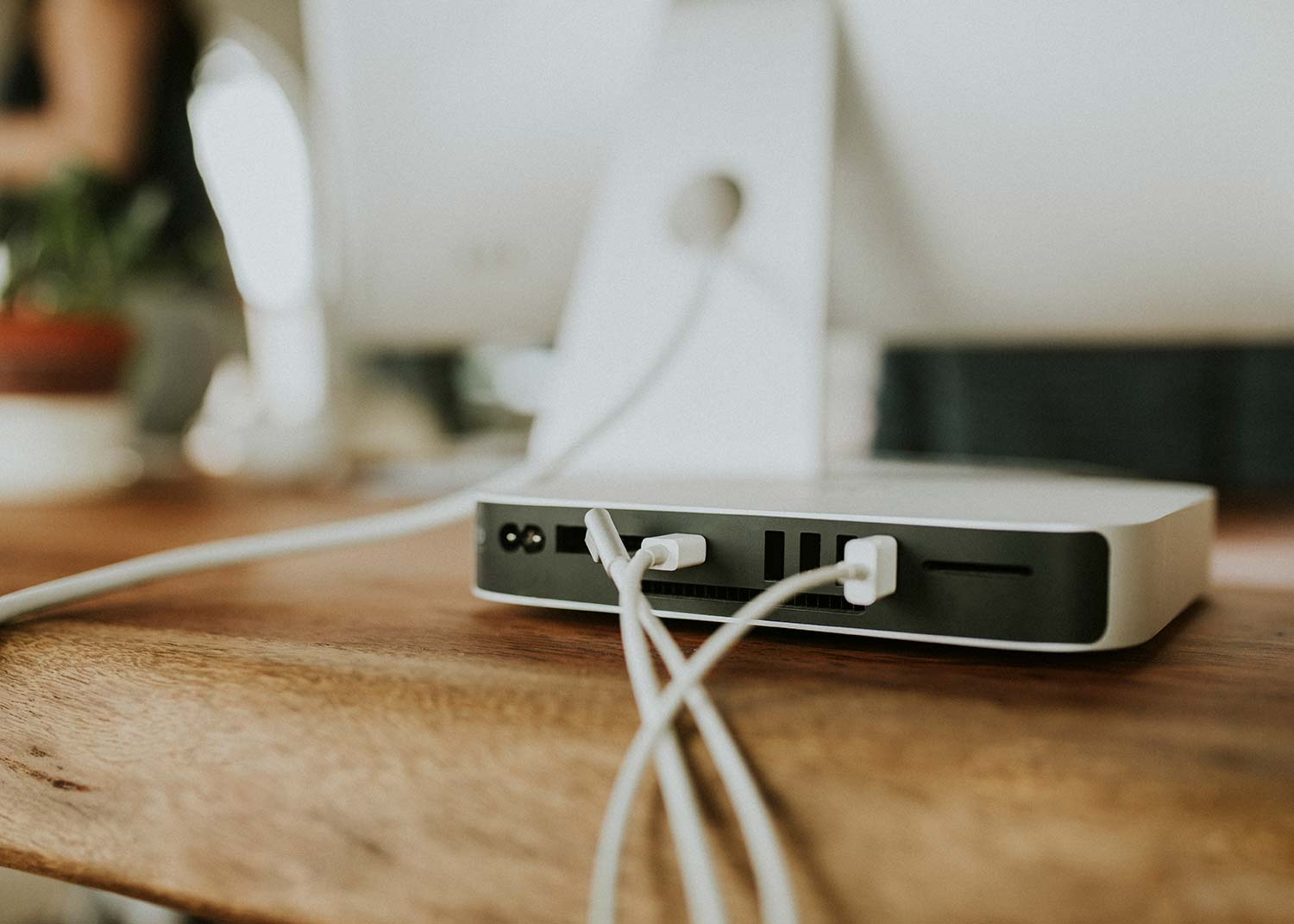As a creative business owner, you heavily rely on technology to photograph digital images and preserve your creative work. Whether you’re a professional or an amateur photographer, safeguarding your client’s images is your responsibility. You must create a plan for managing the thousands of files created every year and stick to it, otherwise you lose them and open yourself up to getting sued. The 3-2-1 file backup strategy is a tried-and-true approach that ensures the safety and accessibility of your work long-term. In this article, we’ll dive into how to build a3-2-1 backup plan tailored specifically for a photographer.
What is a 3 - 2 - 1 Backup Strategy ?
The 3-2-1 backup strategy is a simple yet effective method for safeguarding your raw files. It involves creating three copies of your data: one primary copy and two backup copies. These copies are stored on two different media types and kept in two separate physical locations. This approach provides redundancy and protection against various types of data loss, such as hardware failures, accidental deletions, and even disasters like fires or floods.
Now you might be thinking that you are all set because you paid $2k for a RAID system from Qnap or Synology. RAID does not mean that your files are backed up and you don’t need copies. While that can be your primary storage for share ability and performance, that is not a backup plan. In fact, it’s a plan for disaster. Here is how to apply the 3-2-1 Backup Plan for your workflow.

Primary Copy: Organized Storage
Your primary copy storage device is what you work off, the files you access and edit regularly. Get the fastest connection or interface you can afford like
USB-C, Thunderbolt or if using a NAS get 10Gbe. Beyond performance, it’s essential to maintain an organized storage system for these files. Create a folder structure that categorizes your images by year, event type, client name with year, making it easier to locate specific shoots when needed. Regularly clean up this primary storage by removing duplicates and images that no longer hold value. We will cover archiving files later as well.
Local Backup: External Hard Drive
For the first backup, you’ll want to use a different storage device than your primary storage. A cheaper and higher capacity external desktop hard drive is an excellent choice. It does not need to be fancy, just effective. It offers ample storage capacity and remains disconnected from your computer when not in use, protecting your local files. Periodically connect the external hard drive and update the backup to reflect changes in your primary copy. Consider this a local cold storage solution in case files on your primary drive have issues. We will cover automation software so you can backup without having to micromanage this yourself!

Off - Site Backup: Cloud Storage
The second backup takes your data to the cloud, providing an additional layer of protection against physical disasters that could affect your local backups. Cloud storage services like Backblaze, Google Drive, Dropbox, or Amazon S3 offer secure and scalable options for storing your photos off-site. Once you deliver files, how are you going to archive them from your primary drive? How long are you storing raw files locally for a delivered event?
Both are good questions, and some photographers sneak this in their contract that they dump the work after so many days to put the responsibility on the customer. Sure, you can store deliver high-resolution JPGs online forever, but why keep the raw files forever? Well, from experience, you might have a client asking for more images of their relative that died a year after the wedding. Or maybe you missed a section when selecting and the client notices it six months later, etc. Storage is cheap and you should 100% store raw files offsite in cold storage where you pay a low monthly fee to store the files there and only pay extra to download. It’s a solid what-if plan and could be massive for your client experience. I would say after you rename, export, and deliver all products, keep the Raw files onsite for 12 months. Then push the Raw + .xmp files to cloud storage, that’s cheap and effective for file management.
Automate the Process
Remember that consistency is key to a successful plan. Set up automatic backups to streamline the process and reduce the chances of human error. Many backup software solutions like Carbon Copy Cloner allow you to schedule backups at specific intervals or trigger them when changes are detected in your primary copy. The same automation can be done for linking your backup storage device to a cloud app to run once a week or in the evenings. Most cloud storage apps require a local hard drive to store the local folders for synchronization. Make it effortless and easily repeatable.
As a business owner, client images are one of the single most valuable but irreplaceable assets. Securing them safety through the 3-2-1 backup plan, involving three copies of your data on two different media types, and stored in two separate physical locations, is a fool proof way to safeguard your creative work. By organizing your primary copy, maintaining a local backup on an external hard drive, and utilizing cloud storage for off-site protection, you can rest assured that your photographic memories are shielded from unexpected disasters and data loss.
Remember, technology evolves, and new tools might emerge to enhance your backup strategy. Embrace the 3-2-1 backup approach, and you’ll be well-prepared to navigate the digital landscape with confidence, knowing that your photographic creations are secure, accessible, and ready to be shared with the world.

